Believe me if you can. Water meters. part 1
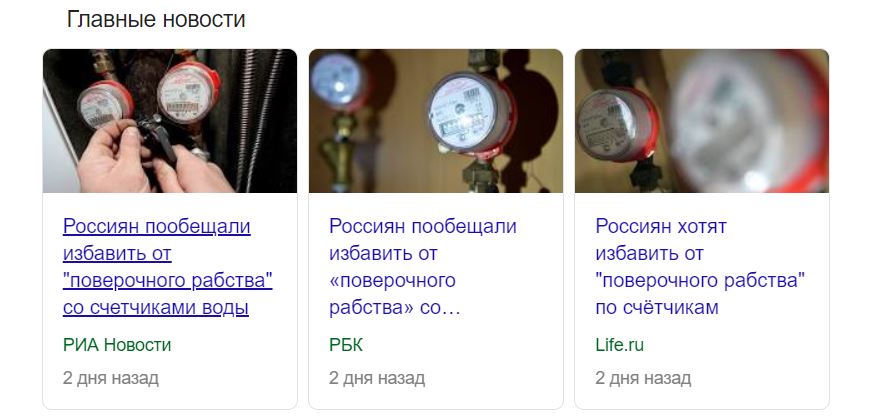
In the light of a certain catharsis in which the media reside, regarding the transfer of responsibilities for the verification of household water meters from a consumer to a supplier of resources. I would like to hold a small educational program on this topic and tell you about verification in general.
What is verification?
In Russia, the transfer of a unit of magnitude in 95% of cases is provided by verification. The remaining 5% is calibration.
Verification - a set of operations performed in order to confirm the compliance of measuring instruments with metrological characteristics.
Calibration - a set of operations performed in order to determine the actual values of metrological characteristics.
The definitions are almost the same, let's see
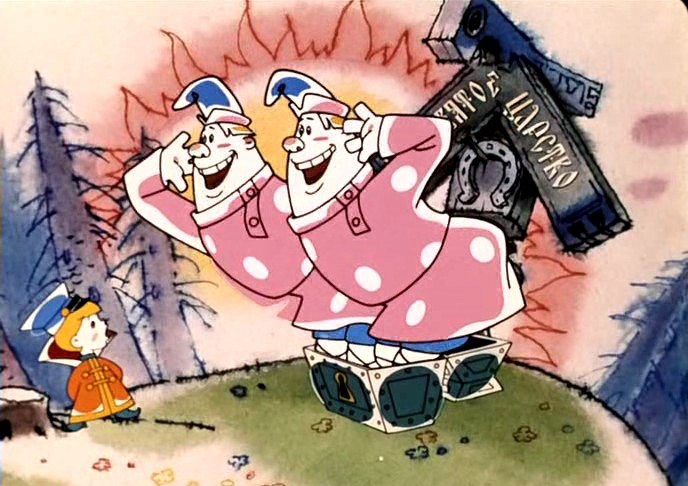
Calibration - they took the device, they looked at what they were measuring, they picked up a standard, put it nearby. The standard shows 100 Hz, the device 93 Hz. Subtracted from the measured standard received a number, recorded in the protocol the actual value. Issued a certificate with values.
Verification - they took the device, looked into the description of the type, looked at what could be measured, looked at the range of permissible error. Measured as in the calibration, issued a protocol. If the measured value fits into the range - a certificate of verification of the established sample is written out. If not, a notice of unfitness shall be drawn up, also in the established form.
Indeed the same thing, only regulated in different ways.In general, the calibration ensures the performance of 102-FZ, so to speak, on the ground.
In Europe, there is no concept of verification in our understanding. They have a calibration - and this is a separate topic for conversation.
In order to understand how it is possible to ensure the uniformity of measurements, the state came up with a register of measuring instruments ( SI register ) into which devices with an approved type description fall . Type approval
tests are conducted by accredited organizations. As a result, a document appears due to which the device enters the SI register - the same type description .
In fact, the state says what you can use and what not.This, by the way, is one of the reasons why a "tseshka" from China costs 1-20 thousand rubles, and the same "tseshka" from the CI register ranges from 20 to OMG thousand rubles. This is a whole industry.

An example of a table with metrological characteristics, on one of the domestic water meters.
And in this description of the type indicate the ranges in which the error of the device must fit. There are also prescribed the method of verification, exemplary measuring instruments that must be used during the calibration and the verification interval.
How not to correctly consider some water
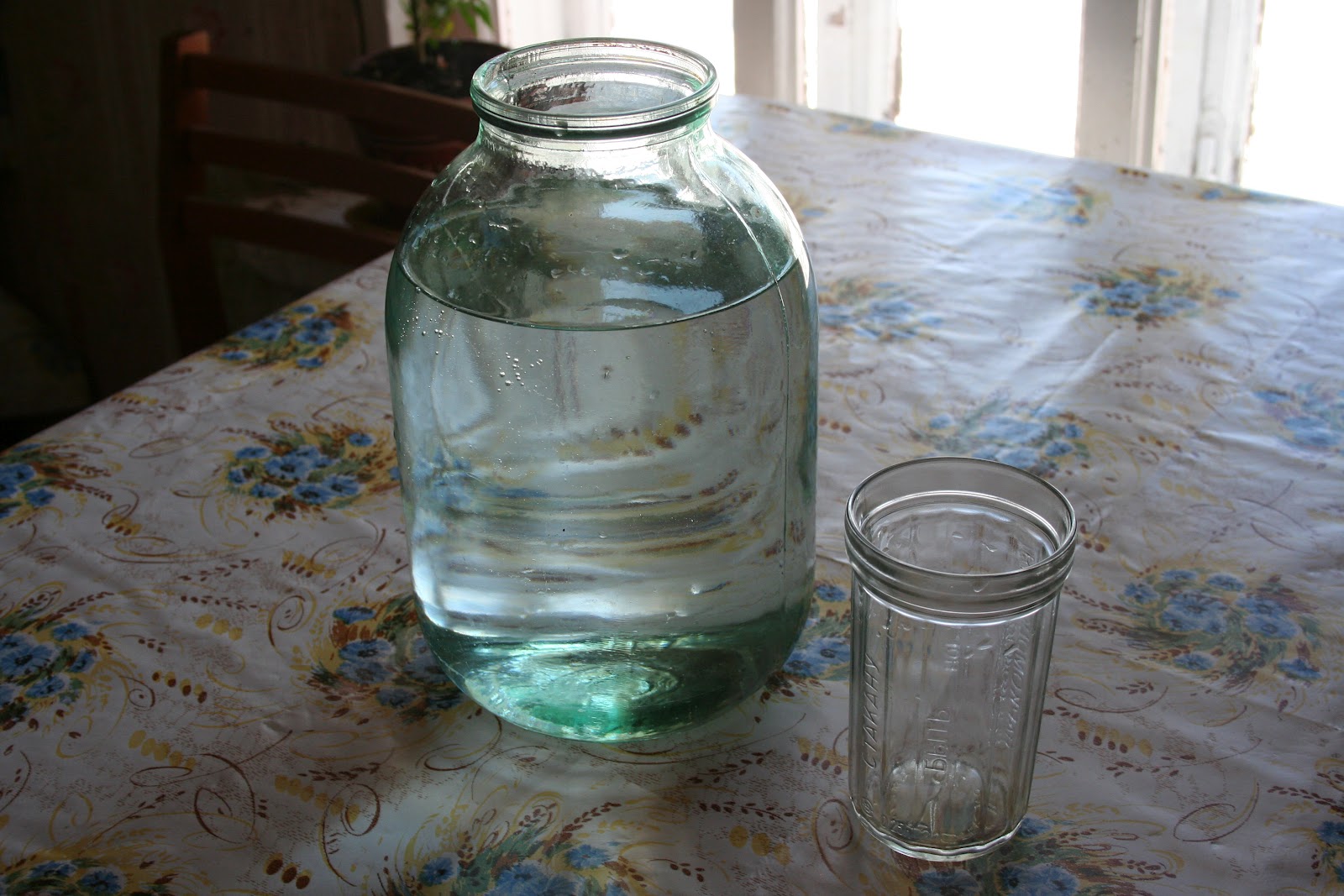
About ten to fifteen years ago, it was still possible to encounter cases when the "witnesses" came to apartments with 3-liter banks, and they even took money for writing out filkiny letters.
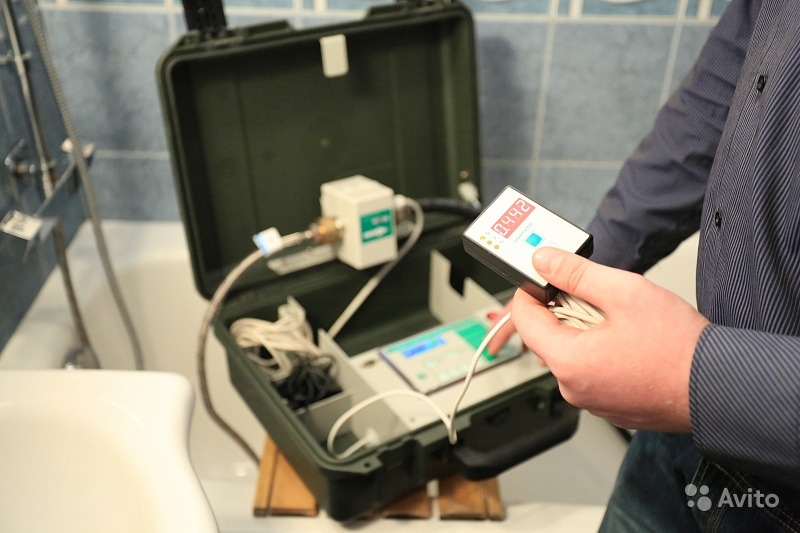
The right approach
To calibrate the meters, you need a reference unit, which is now set with price tags of 170 thousand rubles, by the way, you also need to check it yourself once a year. It also requires accreditation of the organization in the field of ensuring the unity of measurements, which costs money, sometimes considerable.
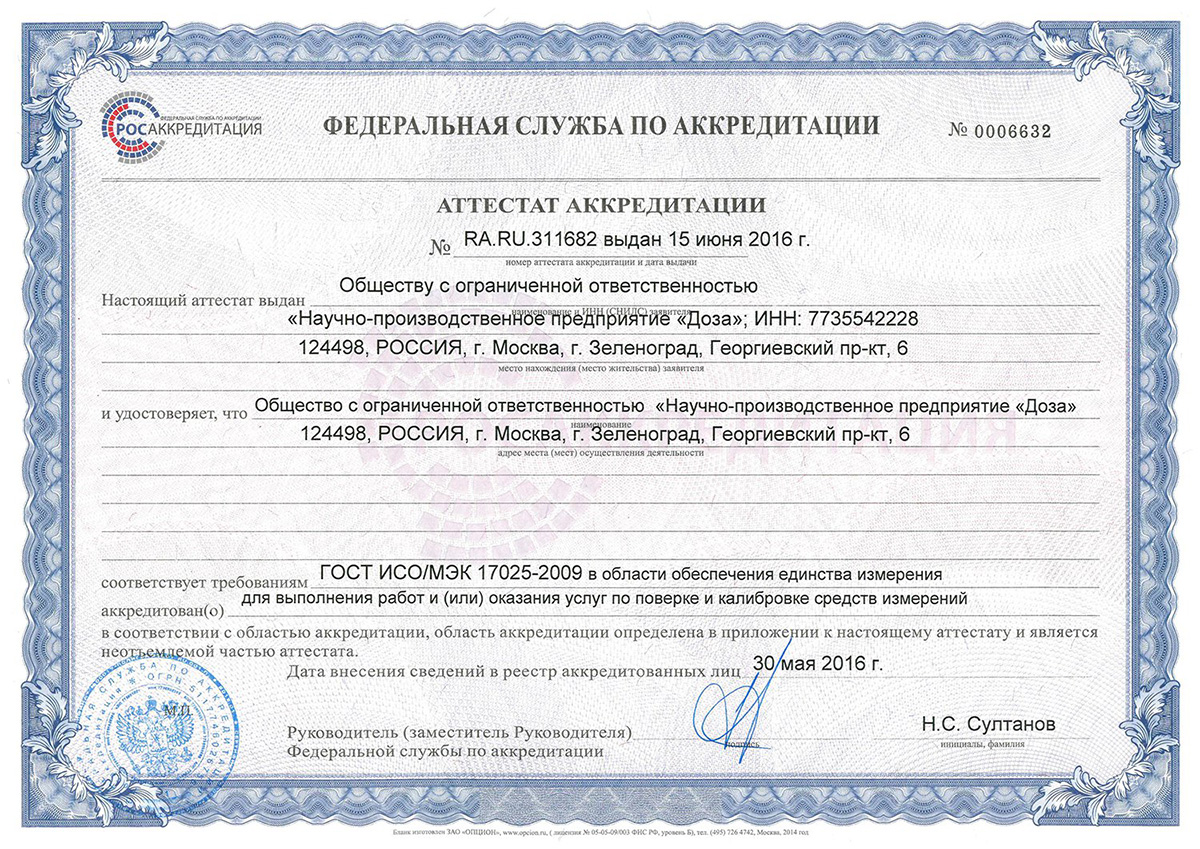
As a result, an accreditation certificate is issued, where the location of the activity is indicated, and the scope of accreditation, in which the SI is written, which the organization can verify.
It is necessary to undergo the procedures for confirmation of competence, also for money.
We need a certified verifier with experience of 3 years, for higher education and from 1 year for secondary special.
Bottom line:
It is very expensive and difficult to be a correct metrological service.
Let's go to catharsis
Now on the market "calibration of household water meters" is going on an incredible mess. On the very first page, upon request, you will be offered a ready-made verification business. You just buy the installation and buy blank forms of evidence, but collect the money.
60% of organizations in this field work with certificates of any kind of company, such as Horn and Water LLC and any cities other than those in which they actually operate.
At first glance, everything is legal, because this is an on-site verification. Drive around the country and believe.
That's just a documentary, it should all be traced.
Those. There should be requests for verification, travel sheets, transportation costs. Otherwise, the device must be removed and transported to the laboratory.
Therefore, there are companies of the same age on the market, they have accredited for a year to work, have ceased operations. Accredited again.
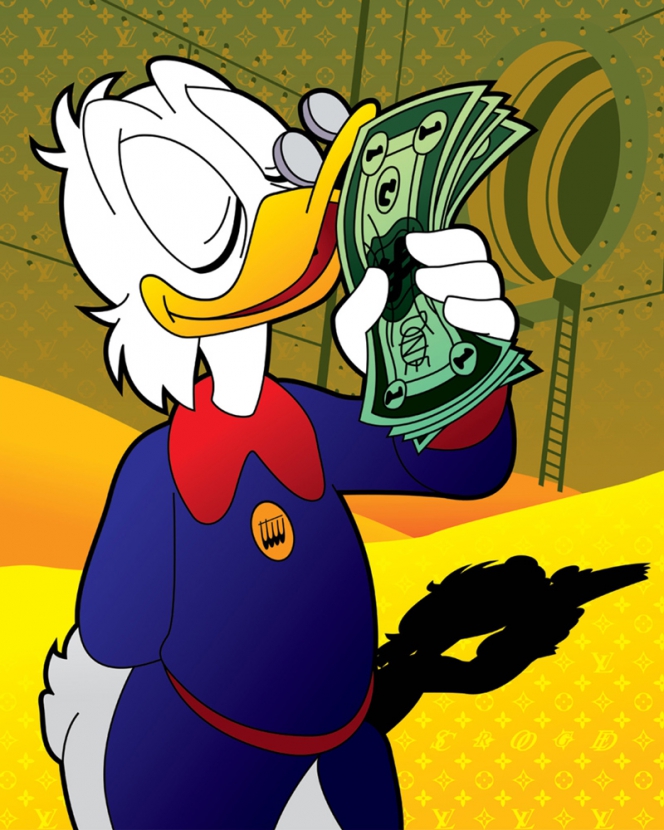
Even the federal centers of standardization and metrology are hard to beat with such guys. But nevertheless there is competition - people are jostling for a place in the sun.
Fortunately, there are companies that do everything right, but there are few of them in this market.
Moreover, the housing department requires the testimony of the counting mechanism, address, name of the customer, room location (kitchen, bathroom, staircase, but they do not require). Although the order of the Ministry of Industry and Trade No. 1815 clearly specifies the requirements for registration of certificates. And according to Government Decree No. 354, it is the direct responsibility of suppliers to take readings.
The task of the owner in the end is one - not to oversleep the calibration period, so as not to set out according to the standard.
And with someone's easy feed, “all this” was called verification slavery — isn't it cool for such a mess? This is a resort.There is one more problem: 40-50% of household household counters “twist” less than the actual consumed volumes. There are also rare cases when the meter counts as a “plus”, and moreover up to 20-30% in the “plus”. A notice is issued. When the work is actually done, but with a negative result, the owners often arrange scandals.
Paying for verification, you pay not the certificate of verification, but the procedure for conducting verification. The result can be any.
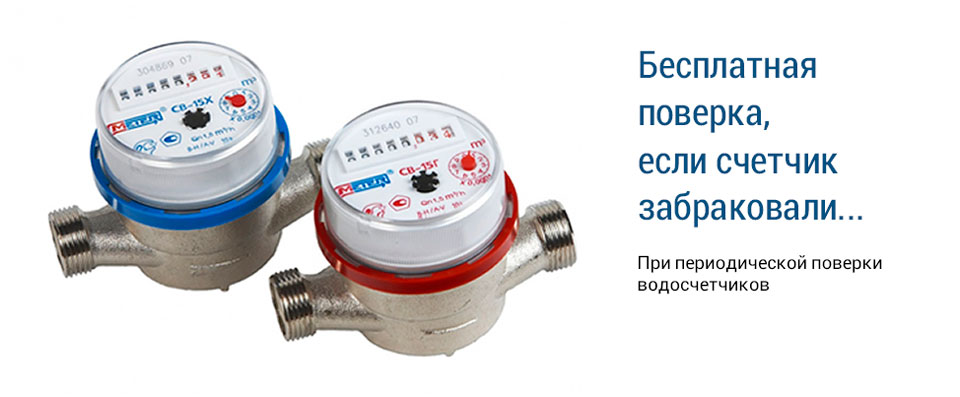
Many get out of the situation in this way, and even with spelling errors.
Called. Ordered. We arrived. Believe it. Issued a certificate of verification.And everyone seems to have become accustomed to this, but suddenly Rosstandard wanted to relieve consumers of their duty in calibrating meters and transfer it to the supplier. On this day, on the radio and TV did not talk about it.
PS: In the second part I will talk directly about the process of checking the water meter at the place of operation, and about the requirements for the registration of certificates of verification. And what, in my opinion, will lead the implementation of the initiative.
Only registered users can participate in the survey. Sign in , please.
